AMD Radeon RX 7000 series: Everything we know about the RDNA 3 GPU
AMD's next-generation Radeon RX 7000 series graphics cards are expected to usher in a new 5nm-based RDNA 3 architecture to drive insane performance.
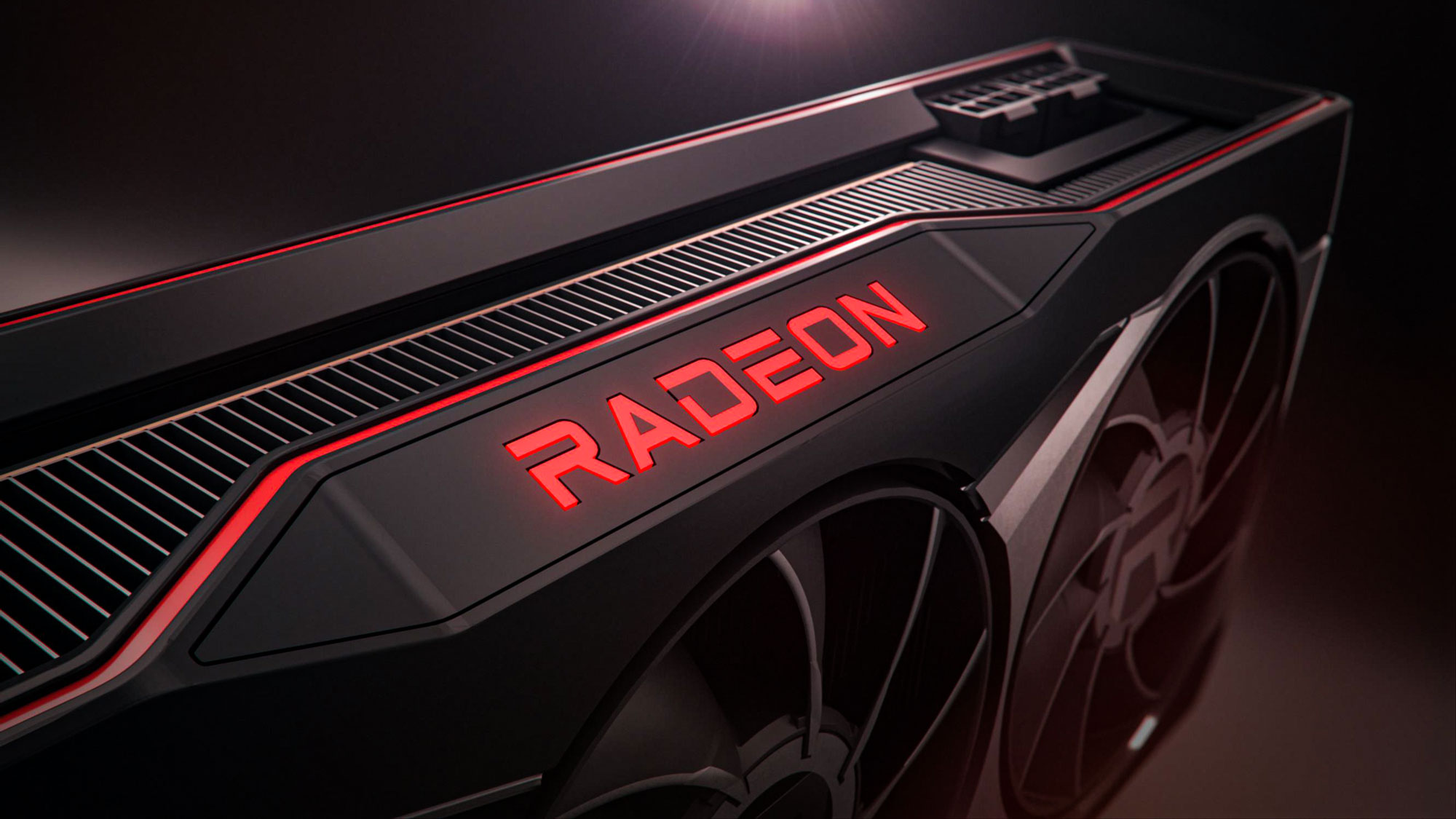
While many gamers are currently scoring some great discounts on the AMD Radeon RX 6000 series graphics cards, the next generation is getting closer. The Radeon RX 7000 series, following AMD’s historical naming and numbering convention, is expected to be a powerful upgrade that will make it even more competitive against rival Nvidia’s GeForce cards.
While AMD’s Radeon RX 6000 was based on the company’s 7nm RDNA 2 microarchitecture — a design also found in the Sony PlayStation 5 and Microsoft Xbox Series X — the next-gen Radeon RX 7000 will make the jump to a new RDNA 3 design based on a 5nm process. As we get closer to launch, more and more details are starting to appear.
Here’s everything we know about AMD’s Radeon RX 7000 graphics cards.
Release date
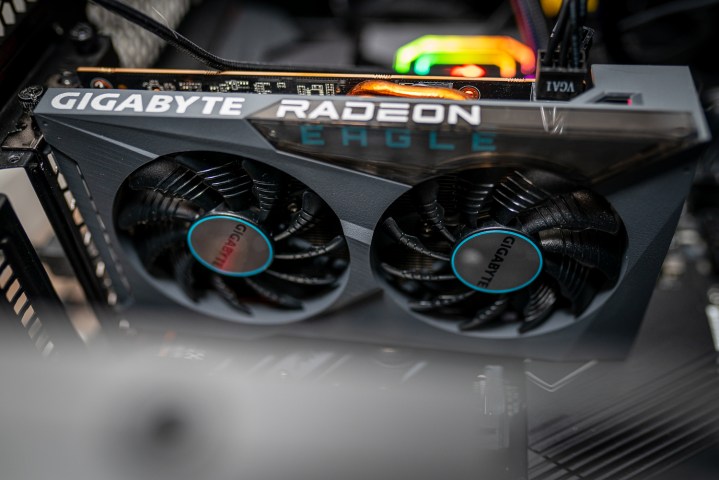 Jacob Roach / Digital Trends
Jacob Roach / Digital TrendsAMD has confirmed that the RDNA 3-based Radeon RX 7000 graphics cards will make their debut by late 2022. The latest rumors suggest that we might see the launch of RX 7000 in November 2022.
AMD has a busy second half of the year ahead. Aside from new graphics cards, it will also be launching the next generation of Ryzen processors, dubbed the AMD Ryzen 7000. These CPUs are rumored to launch on September 15, so ahead of the release of RDNA 3 GPUs, but not by a whole lot.
Although AMD is aiming for a 2022 release with its RDNA 3 cards, it’s possible that we may not see the entirety of the initial lineup this year. According to several sources, AMD is adopting a staggered launch strategy, with the AMD Radeon RX 7900 XT and other high-end cards hitting the market first and the mid- to entry-level cards being delayed until early 2023. Nvidia seems to be following a similar pattern.
Pricing
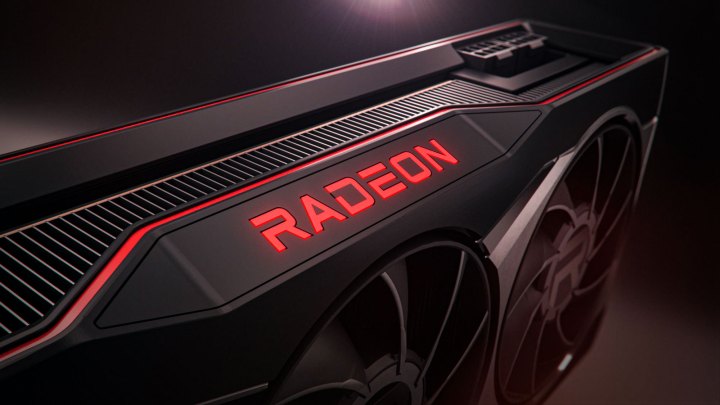
While there have been many rumors about a tentative release date, not much has been said about the pricing. Up until not too long ago, the world had been dealing with a massive semiconductor shortage that left the shelves of many stores bare of some of the best GPUs, CPUs, and other components. Things are starting to change in that regard, with GPU prices dropping off a cliff, and that very well might affect the way AMD prices its next-generation graphics cards.
AMD still has a vast supply of Radeon RX 6000 graphics cards laying around and waiting to be bought. Whether this means that it will price down on the next generation, or on the contrary, price up to make up for it, still remains to be seen.
For comparison, AMD’s Radeon RX 6900 XT currently retails for about $900 in the U.S., but previous rumors have suggested that its successor, the Radeon RX 7900 XT, could cost as much as $2,000. This represents a 100% increase in pricing generation over generation if the pricing information holds true. Pricing for the Radeon RX 6000 series starts at just $160 for AMD’s current entry-level Radeon RX 6400, reaching $1,100 for the newly launched RX 6950 XT.
There have been whispers about potential prices for the next-gen Radeon RX 7000 graphics cards, but we don’t have anything solid from AMD. Some rumors show a fairly reasonable range of prices, although the most expensive GPUs are still quite hard on the wallet. According to this tweet by a well-known leaker, the AMD Radeon RX 7950 XT would retail for $1,199, while the RX 7800 XT might be priced at $749. Unfortunately, all of this still falls firmly into speculation territory.
Historically, AMD has priced its cards more competitively against Nvidia, and we expect the situation will likely continue when both companies launch their next-gen lineup of GPUs.
Architecture
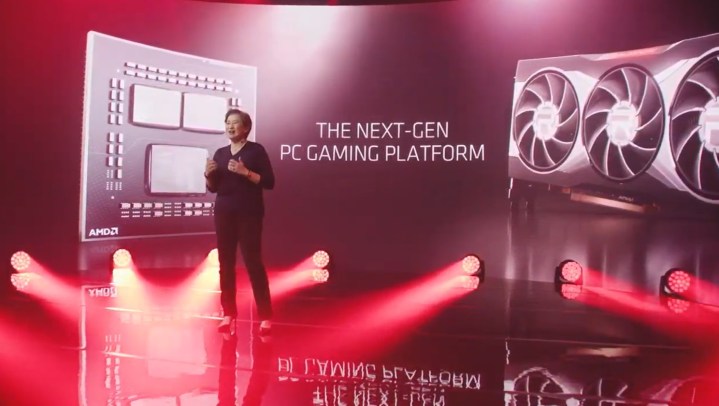
At the heart of the Radeon RX 7000 series will be AMD’s new RDNA 3 microarchitecture. While RDNA 2 was more colloquially referred to as Big Navi by gamers and Navi 2x by AMD executives, RDNA 3 is referred to as Navi 3x. The most-commonly mentioned chips include the Navi 33, Navi 32, and Navi 31, with the 31 being found in the flagships.
Recent rumors suggested that RX 7000 graphics cards could be up to 130% faster than the previous generation overall while staying relatively power-efficient. While AMD is still quiet about the details, it has confirmed that the new GPU series will offer more than a 50% improvement in performance per watt over the previous generation. We also have confirmation that AMD will be adopting the 5nm manufacturing process, which should help drive some of this performance boost.
AMD has confirmed it will make use of a new chiplet design borrowed from the architecture used on its Ryzen processors for RDNA 3. This change in design could allow the company to double the number of compute units on each die. If all else is the same, we can expect AMD’s GPUs to ship with at least 12GB of VRAM. The company had previously claimed that 12GB of RAM on GPUs is the minimum requirement to be future-proof when playing AAA titles. Current AMD GPUs ship with GDDR6 memory, and we can expect the same with Radeon RX 7000 since Nvidia has an exclusive on the faster GDDR6X standard.
Unlike RDNA 2, which is also found in gaming consoles, RDNA 3 is expected to remain limited to PC gamers. This is because consoles have a shelf life of four to six years, and the actual processing and graphics hardware is typically not upgraded during this time. And even though RDNA 3 won’t be headed to consoles, we do expect to see mobile variants of the Radeon RX 7000 series for laptop gaming. Mobile RX 7000 laptops will likely launch sometime after PC cards have debuted.
Performance
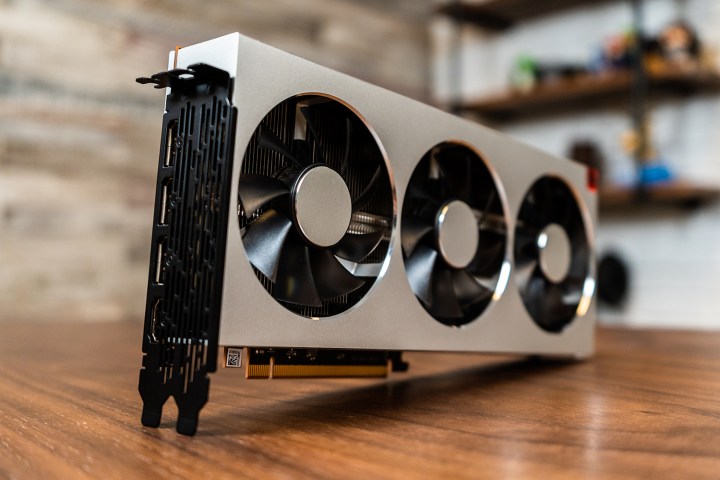 Riley Young/Digital Trends
Riley Young/Digital TrendsAMD had claimed in the past that the shift from its GCN architecture to first-gen RDNA brought a massive 50% performance-per-watt improvement, and the move from RDNA to the current RDNA 2 design delivered an additional 50% improvement. The move from RDNA 2 to RDNA 3 is also expected to deliver over 50% improvement in performance per watt.
Team Red itself hasn’t said much about the specifications of the GPUs even though the release date is looming. However, a recent leak from Angstronomics promises massive Infinity Cache, with the flagship Navi 31 sporting 96MB of Infinity Cache. Another source has also revealed that the GPU may sport a 384-bit memory bus, followed by Navi 32 with 256-bit and Navi 33 with 128-bit, suggesting massive memory bandwidth on the next-gen GPUs.
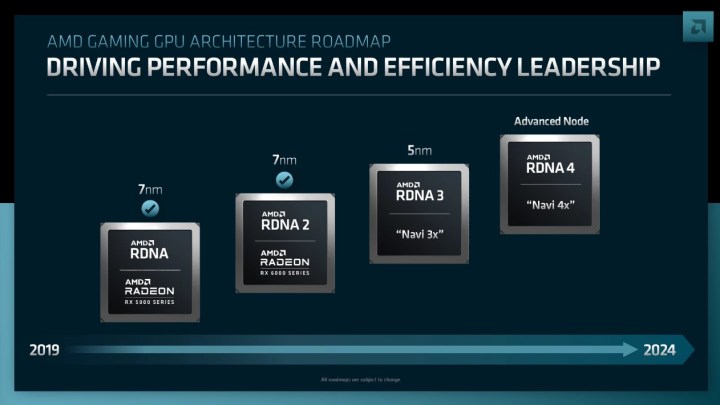 AMD
AMDEarly reports suggest that gamers can potentially see a performance improvement of 250% over RDNA 2, which would be unprecedented. So far, though, we haven’t seen any leaked benchmarks to confirm these early theories, but if AMD is able to double the number of compute units and stream processors utilizing the chiplet design ported from its CPUs, we can expect to see some big upticks in graphics performance.
There’s another possibility that could improve performance. In October 2022, a rumor emerged that RDNA 3 cards could offer DisplayPort 2.1 support. Right now, features for the DisplayPort 2.1 spec are not known, but we can guess it will be markedly better than the DisplayPort 1.4a offered on Nvidia’s 40-series cards. That’s because DisplayPort 2.0 specs are known, and they include support for two 8K displays running at 120Hz or one 16K screen running at 60Hz, among other configurations. At present, only Intel’s Arc GPUs offer DisplayPort 2.0. Based on what we know about that, DisplayPort 2.1 should offer AMD gamers even better performance — if it is indeed coming to RDNA 3 graphics cards.
Verification from multiple sources that @Radeon Navi 31 will support upcoming DisplayPort 2.1 specification. I am tremendously surprised that @NVIDIAGeForce 4090 only supports DP 1.4a. Props to @LinusTech for calling out the DP1.4/4090 shortcomings! https://t.co/eW84VicAZr pic.twitter.com/4fmOtcnlth
— Kyle Bennett (@KyleBennett) October 12, 2022
While the RDNA 2 architecture delivered support for ray-tracing for the first time on AMD’s GPUs, making them competitive against rival Nvidia’s RT 2000 and RTX 3000 series graphics cards, we expect AMD will have more to say about improved performance in this area when Radeon RX 7000 series launches.
AMD has additionally confirmed that it has started working on RDNA 4 graphics cards, which could hit markets by late 2023 or early 2024 (the road map is vague on the exact release window). While the company didn’t share specific details about the manufacturing process, it is calling it an “advanced node” in its road map. We can expect RDNA 4 graphics cards to line up with Zen 5, so they will probably use 4nm or 3nm, but AMD hasn’t confirmed any of those details.
Still, not a lot of information is known about RDNA 3 at this time, but at least we now have a confirmation that we will see the first set of models by late 2022.

 Tfoso
Tfoso 
































